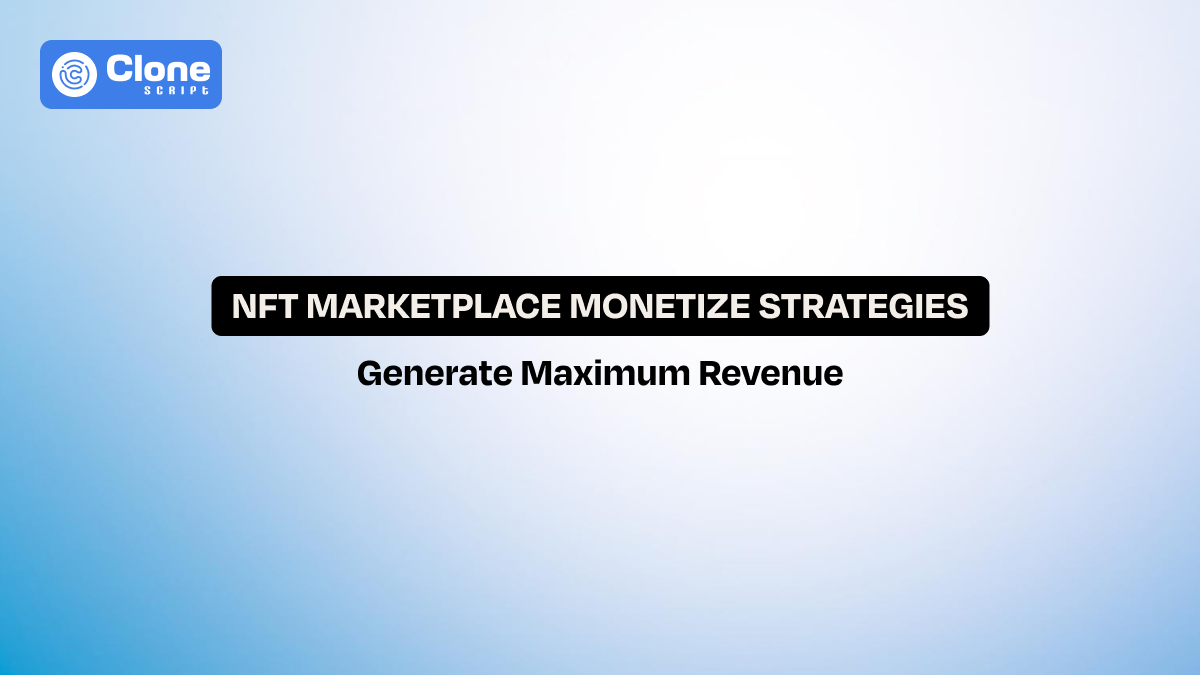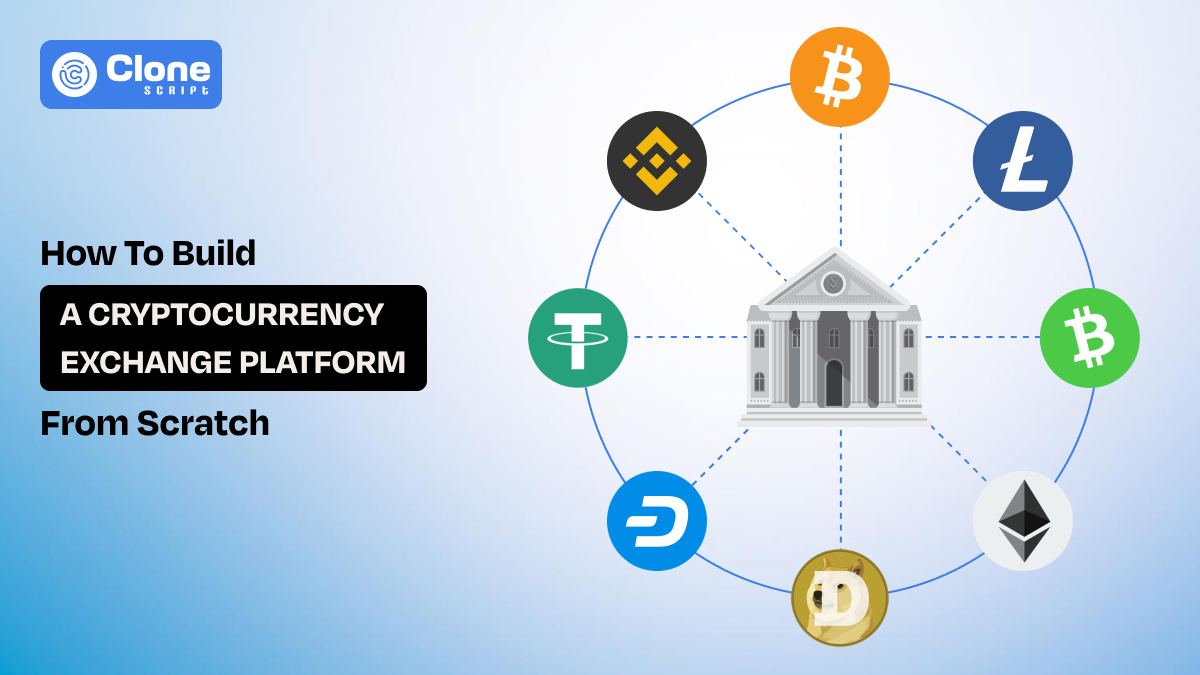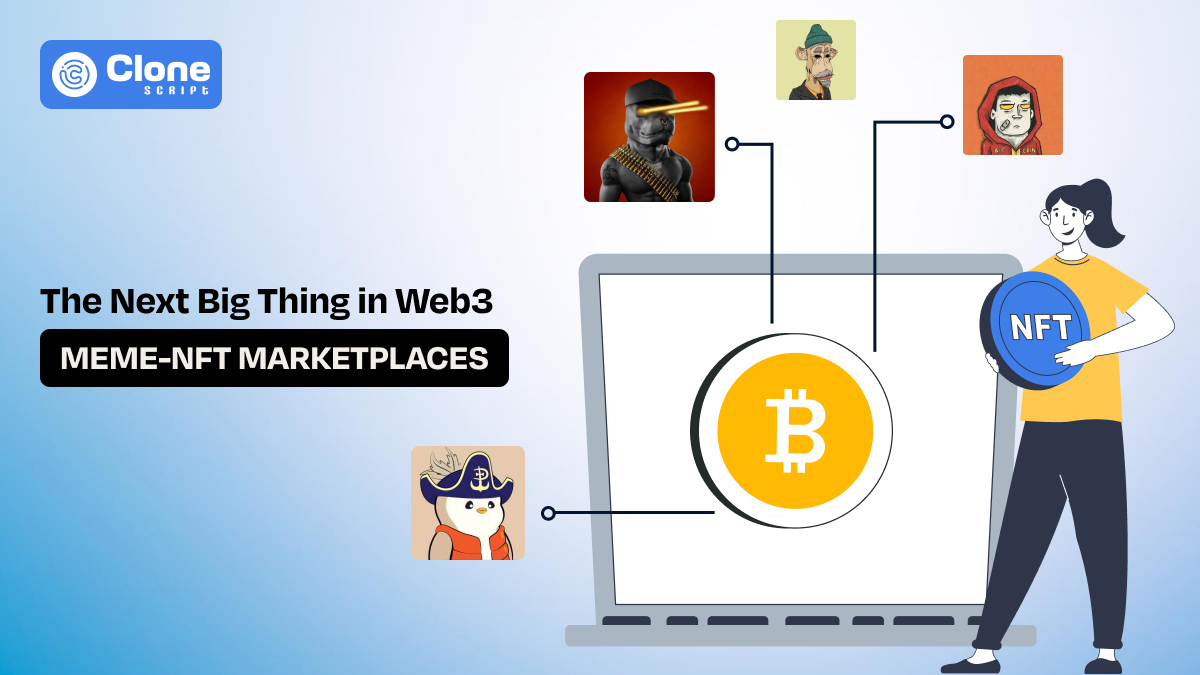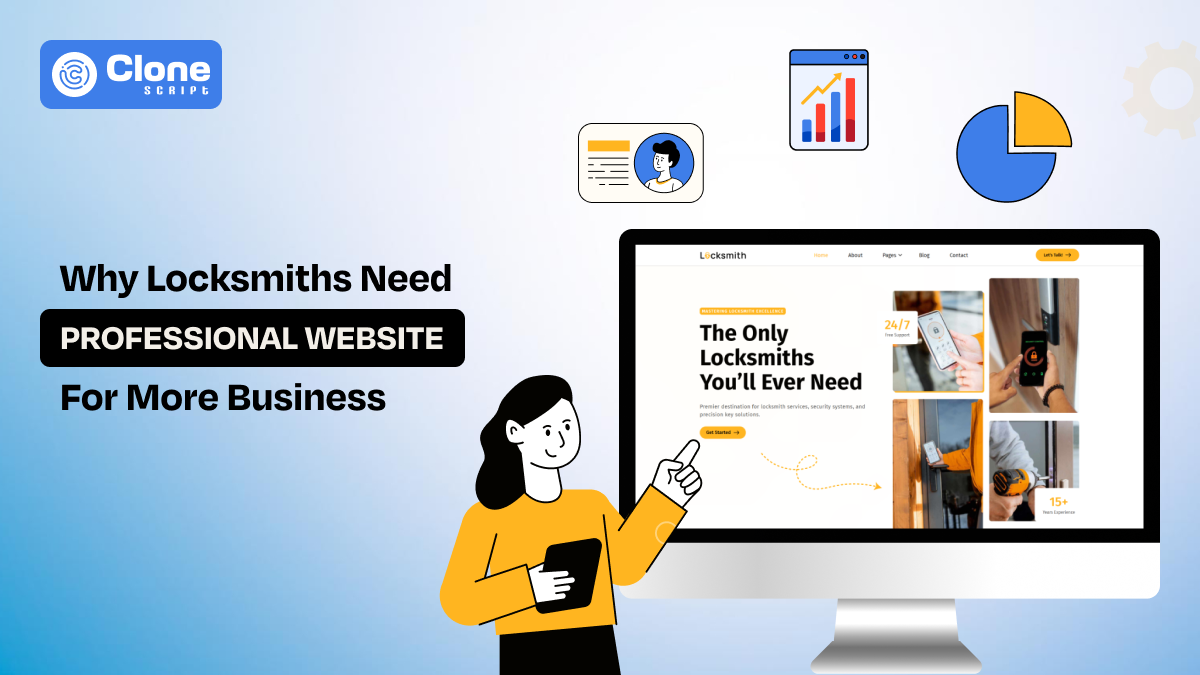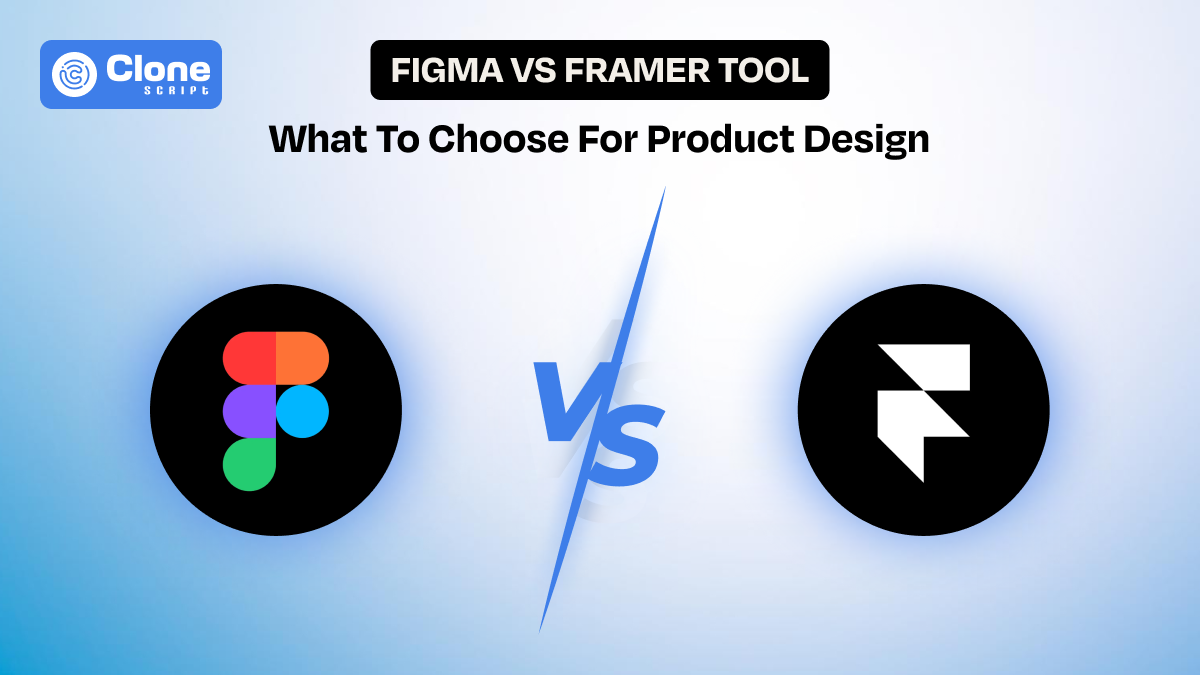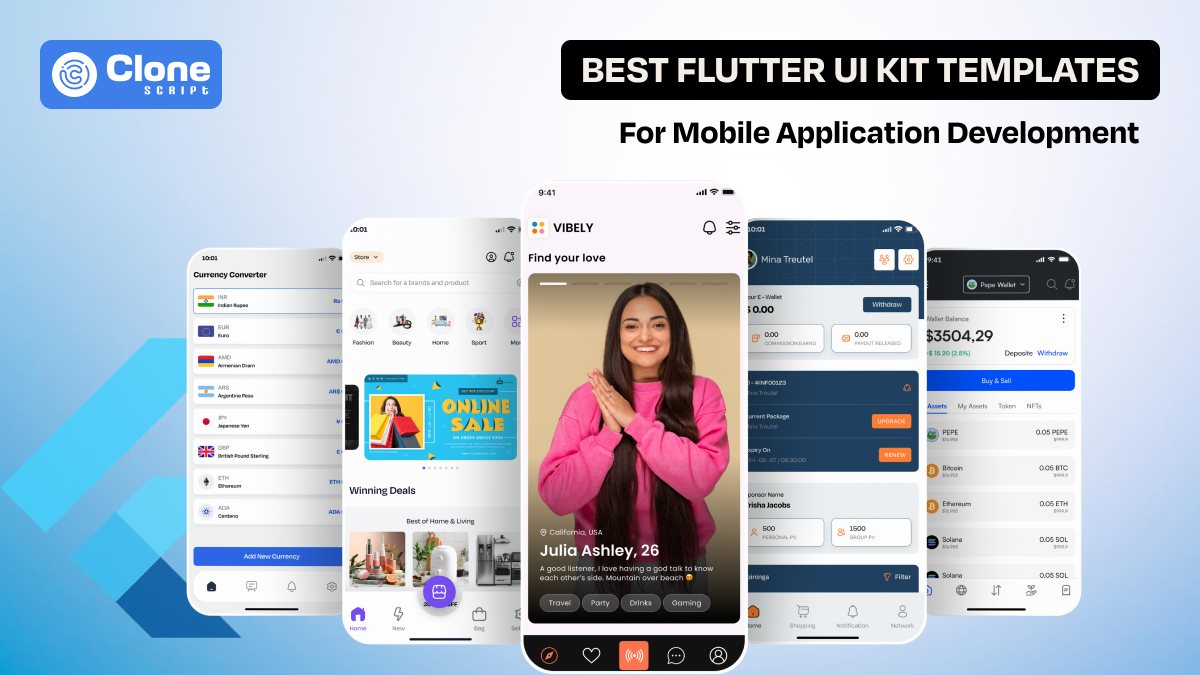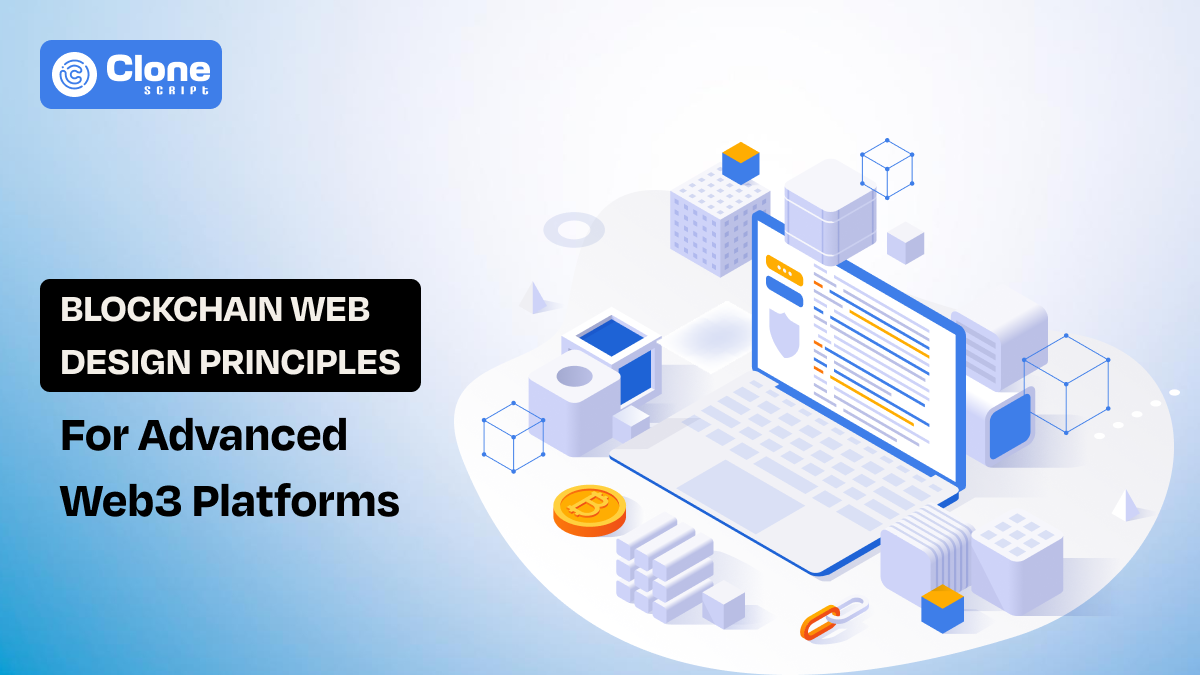How to Monetize Your NFT Marketplace for Maximum Revenue
So you’ve built or are planning to develop an NFT marketplace app. You have creators, collectors, and the technology stack in place. But where does the money come from — and how do you ensure steady, growing revenue? That’s where NFT marketplace monetization becomes a central topic to discuss.
While the NFT market has experienced niche cycles, today it’s maturing. The broader NFT market is forecast to reach valuations around US$49 billion in 2025. Meanwhile, estimates suggest total NFT marketplace revenue in 2025 may settle around US $608.6 million, with an average revenue per user (ARPU) of $52.3.
Those numbers signal two things: growth opportunities abound — if you get your monetization strategy right — but competition is much. To attract creators, buyers, and stay profitable, your revenue model must be flexible, fair, and aligned with user incentives.
We’ll understand monetization models, pitfalls to avoid, and practical tips to help your NFT marketplace business model outshine the competition.
Why Monetization Defines Your NFT Marketplace’s Success?
Monetization isn’t just about extracting fees. It’s about designing the incentives, tokenomics, and business model such that creators, collectors, and the platform to gain value. A marketplace with weak or short-sighted monetization will struggle to attract liquidity, pay for marketing, or maintain quality over time.
Here’s why effective monetization is important:
-
Sustainability: You need ongoing cash flow to cover infrastructure, security audits, updates, and community growth.
-
Liquidity and network effects: If your platform offers attractive terms (lower fees, fair royalty treatments, value-added services), creators and traders are more likely to list and transact. This leads to more users.
-
Differentiation: The way you monetize (e.g., subscription tiers, featured listing, token incentives) can become a competitive differentiator.
-
Alignment of interests: Good monetization aligns your incentives with creators and traders. For example, royalties on secondary sales motivate creators to promote their works, which drives platform activity.
-
Scalability: As volume scales, your monetization must scale without degrading the user experience (e.g., too high fees will push users away).
In short, monetization defines growth, retention, and your long-term viability.
Understanding NFT Marketplace Monetization Models
We know the best features of the NFT marketplace features manage the entire platform efficiently. Now, let’s examine the key options you can deploy in your marketplace monetization strategy. You can mix and match several models — the tip is to balance revenue extraction with user experience and fairness.
1. Transaction Fees: The Key Element of Every NFT Marketplace
The most common and fundamental model is taking a percentage cut from each transaction (sale, auction, or bid). This is often called a marketplace commission or platform fee.
-
Why it works: It scales naturally with volume. If more trading occurs on the platform, the more revenue. This is simple and transparent.
-
Typical rates: The range of commission on NFT trading, 2.5% to 5% is common. Some niche or premium marketplaces charge higher. In some cases, marketplaces take as much as 10% under certain conditions.
-
Best practices to follow:
-
Clearly disclose the fee to both buyer and seller.
-
Offer tiered fee discounts (e.g., lower rates for high-volume sellers, partners, or subscription-holders).
-
Ensure your system handles refunds, cancellations, and disputes cleanly.
Note: The secondary sales (resales between users) often generate more volume over time than primary sales. For it, making fees on those trades especially valuable revenue source.
2. Listing & Minting Fees: Monetizing the Creator Side
Another approach is to charge creators a fee to mint (i.e., register) their NFTs or to list them on the platform. There are two types of fees a NFT creator has to pay to the marketplace: 1. Minting, and 2. Listing.
Let’s understand them.
Minting fee is a one-time charge when an asset is created on-chain. This can be fixed (2.5 to 5%) or dynamic (e.g., gas-based).
A listing fee is different from minting. It is a small fee for listing the NFT for sale or auction (even if not sold).
-
Advantages of this model:
-
Seeds revenue even before a sale occurs. The platform can generate revenue consistently.
-
This revenue model helps deter spam or low-quality listings from being rejected for maintaining credibility.
-
It encourages creators to be selective and list useful digital assets for buyers and get their returns.
-
Risks of this model:
-
High minting or listing fees might prevent less-funded creators from being part of your marketplace.
-
If imposed without value, creators might simply opt for marketplaces that don’t charge upfront.
The optimal approach: offer a modest base minting/listing fee, and combine it with other revenue levers.
3. Royalties: A Win-Win for Creators and Platforms
One of the most powerful ways in nft marketplace monetization is implementing royalties on secondary sales. This is where the creator (and possibly the platform) gets a cut whenever an NFT is resold.
-
How it works: Smart contracts enforce a percentage (for example, 5–10%) that is deducted on each resale and distributed to the original creator (and optionally shared with the platform).
-
Why it’s powerful:
-
It encourages creators to maintain quality and community because their long-term revenue depends on secondary activity.
-
It keeps creators engaged with the platform. They will feel motivated to list more assets on the platform.
-
Challenges of this revenue model:
-
Some marketplaces (e.g., Blur) have at times discouraged or bypassed royalty enforcement to appeal to investors or power traders.
-
Cross-platform enforcement can be tricky; royalties may be ignored on marketplaces that don’t respect contract rules.
-
Best practice: Use smart contracts that embed royalty logic and ensure your marketplace respects them. Also, transparently disclose to buyers that a share will be paid to creators.
When combined with transaction fees, royalties form a sustainable revenue stream aligned with creator success.
4. Subscriptions and Premium Memberships
Instead of (or alongside) per-transaction fees, you can offer subscription plans for creators, traders, or collectors. This is your nft marketplace subscription plans angle.
-
What this looks like:
-
Creator tier: for a monthly or annual fee, creators get lower transaction fees, waived listing fees, priority support, analytics dashboards, or increased visibility.
-
Collector tier: collectors or power traders might pay for advanced tools, early access to drops, or exclusive content.
-
Advantages of this model:
-
Your business can get a predictable recurring revenue (better than pure transaction dependence).
-
It encourages loyalty and deeper engagement from both NFT sellers and buyers.
-
Considerations:
-
You must provide enough value in the premium tier to justify the cost.
-
Offer a freemium baseline so new users are not blocked out due to monetary issues.
-
Introduce burn-in periods, trial plans, or discounts to lower the barrier to entry.
This model adds stability to cash flow while encouraging a committed user base.
5. Featured Listings and Paid Promotions
Visibility is a precious commodity in any marketplace. You can monetize featured listings, promoted collections, or advertising slots in search results or home pages as follows:
-
Featured Listings: Creators or sellers pay to have their NFTs showcased in prominent positions (homepage, “spotlight,” carousel, etc.).
-
Sponsored Drops: You can allow brand partners or big creators to sponsor drops or pay for special marketing placement.
-
Boosted Listings: Like a pay-per-click model, sellers can pay to “boost” their listing’s visibility in NFT marketplace search results.
-
Best practices to apply this model:
-
Use transparent bidding or pricing mechanisms that creators can understand.
-
Cap the share of paid promotions to avoid making the marketplace feel like pay-to-play only. Apply this model to special categories (e.g., games, fashion, cartoons, and design).
-
Check that promoted content still respects curation, quality, and user trust.
Featured listing monetization in NFT apps works much like sponsored posts on social networks. It is a high-marginal revenue stream if handled with balance.
6. Ads, Sponsorships, and Brand Partnerships
Beyond within-app promotions, you can monetize the NFT marketplace via ads, sponsorships, or external partnerships to get more revenue:
-
Third-party ads: Place relevant, tasteful ads (NFT tools, blockchain services, crypto wallets) in your interface or email newsletters. It is just like renting a more relevant space to creators in exchange for a certain amount.
-
Brand collaborations: Partner with brands, artists, or institutions for co-branded drops or promotions (e.g., a fashion brand launching a limited NFT line). It encourages every creator registered to your marketplace to contribute to success.
-
Sponsorships: Events, virtual exhibits, or high-profile drops can include sponsors who pay for exposure. This will attract big creators who want to make more sales on the platform.
While ad-based revenue typically generates lower revenue per user compared to other models. It can complement other revenue channels. Just avoid clutter or disrupting your website user experience due to influenced and disruptive digital ads.
Once you know the best models to monetize your NFT marketplace platform, including website and app, keep an eye on the common mistakes to avoid them.
Common Mistakes to Avoid When Monetizing
Even the best business models can fail if misapplied. Here are frequent mistakes and how to avoid them:
-
Overcharging too early: Charging high fees or subscription costs too early can frustrate creators and users, especially when network effects are still weak.
-
Lack of transparency: Hidden or unclear fees damage trust. Always clearly disclose fees, commissions, promotions, and royalty details upfront.
-
Ignoring royalty enforcement: If your marketplace ignores smart-contract royalties or allows users to bypass them, creators will leave, and it will hurt your long-term value.
-
Monetization before traction: Prioritize building liquidity, community, and trust first. Monetization should follow product-market fit, not precede it.
-
Too many revenue models at once: A “kitchen sink” approach — launching too many monetization channels simultaneously can confuse users and blur clarity. Start with a few core models and iterate.
-
Neglecting user experience: Excessive popups, ads, or sponsored content that distract from usability can drive users away.
-
Ignoring market signals: Watch how top marketplaces change. For instance, OpenSea 2.0 introduces cross-chain support, rewards, and better curation to stay competitive.
-
Underplanning for scaling costs: As volume grows, infrastructure, gas costs, security audits, and customer support costs rise. Your monetization must scale to accommodate those expenses.
By avoiding these pitfalls, you’ll build a monetization engine that supports rather than undermines growth.
Putting It All Together: A Monetization Blueprint
To illustrate how to structure how to monetize your nft marketplace for maximum revenue, here’s a sample phased blueprint you might adopt:
Phase 1: Launch & Liquidity Focus
-
Transaction fees (e.g., 3–5%)
-
Modest listing or minting fees
-
Minimal or free subscription tier
-
Community building, marketing, and onboarding creators
Goal: To get attention, encourage listings, and maintain activity.
Phase 2: Enrich Creator Tools & Premium Offerings
-
Introduce premium creator subscription (reduced fees, analytics, priority support)
-
Offer featured listings / promoted drops.
-
Begin royalty enforcement (with smart contract support).
-
Add dashboard and analytics.
Goal: To maintain and deepen engagement, capture value from power creators.
Phase 3: Expansion & Diversification
-
Introduce collector/power user subscriptions/
-
Run ad slots or integrate strategic brand partnerships.
-
Explore tokenomics: platform token, staking, rewards.
-
Launch sponsorships, virtual events, cross-platform partnerships.
Goal: Diversify revenue, build a larger ecosystem.
Phase 4: Optimization & Retention
-
A/B test pricing tiers and promotional slots
-
Monitor margin sensitivity (i.e., how much fee increases impact volume)
-
Evaluate retention rates across tiers.
-
Adjust revenue share models over time.
Goal: Optimize platform for profit while preserving long-term growth.
Bonus: Tokenomics & Hybrid Models Work Better.
Increasingly, NFT marketplaces embed tokenomics to align incentives and share value with users:
-
Platform token/governance token: You issue a token that confers governance, discounts, access, or revenue-sharing rights.
-
Staking / yield rewards: Users stake tokens to receive discounts or shares in marketplace revenue.
-
Liquidity mining/creator incentives: Early creators or high-performing projects earn token rewards.
If done right, this can transform your platform into a self-governing, incentive-driven ecosystem. But note: token models require legal scrutiny, design sophistication, and careful economic balance.
Conclusion
Monetizing your NFT marketplace isn’t a one-size-fits-all exercise; it’s a design challenge. Start lean, stay aligned with your users, and iterate. Use data (volume trends, churn, subscription uptake) to refine your nft marketplace monetization strategy. Above all, validate that creators feel valued, collectors enjoy the experience, and your platform grows as a trusted marketplace.
FAQs
-
How can I monetize my NFT marketplace in 2025?
You can monetize your NFT marketplace via a combination of transaction fees, listing & minting fees, royalty enforcement on secondary sales, subscription or premium tiers, featured listing/promotions, and brand partnerships or ads.
-
What percentage is ideal for NFT trading platform fees (transaction commissions)?
A typical NFT marketplace fee ranges between 2% and 5% per transaction, though some platforms go up to 10% depending on niche or value. You can also tier fees (e.g., lower for top sellers or subscribers) to balance revenue and competitiveness.
-
What is the difference between listing fees and minting fees?
A minting fee is charged when the creator issues (mints) the NFT on-chain, while a listing fee is charged when the NFT is put up for sale. Minting helps cover blockchain gas, and listing can deter spam or low-quality offerings.
-
How do royalties work on NFT marketplace secondary sales?
Royalties are embedded in the smart contract so that on every secondary sale, a fixed percentage (e.g., 5–10%) goes to the original creator. Sometimes shared with the marketplace. Thus, it creates ongoing income for creators and aligns incentives.
-
Can I use subscription plans in my NFT selling platform?
Yes. You can introduce NFT marketplace subscription plans, such as a premium creator or collector tier offering perks (lower fees, analytics, priority support, promotion slots). This adds recurring revenue and incentivizes loyalty.
-
Can tokenomics be part of an NFT app monetization strategy?
Yes, combining tokenomics (platform tokens, staking, rewards, governance) with traditional revenue models creates incentive alignment and community engagement, though it also demands careful economic design and regulatory insight.
-
How does wash trading affect NFT marketplace monetization, and what can I do?
Wash trading (artificial trading between the same or colluding users) can inflate volume and distort metrics, harming reputation and monetization. To counter it, use analytics, on-chain monitoring, KYC, limits, and anti-fraud logic. Recent research shows it is a pervasive issue in NFT markets.
-
Are ad placements and brand partnerships revenue streams for NFT trading platforms?
Absolutely. You can monetize through in-app ads, sponsored drops, brand collaborations, or event sponsorships. These are supplementary revenue channels alongside your core transaction or subscription income.
-
What is featured listing monetization in NFT apps?
Featured listing monetization lets creators pay to promote their NFTs (e.g., appear in homepage carousels, spotlight sections, boosted search). It’s similar to sponsored ads, offering high-margin revenue if balanced well.
-
What common mistakes should a business avoid in NFT marketplace monetization?
NFT platform business model determination key mistakes include overcharging too early, lack of fee transparency, failing to apply royalties, and jumping into monetization before traction. Also, using too many revenue models at once and degrading user experience with intrusive promotions affects reputation.
 BTC - Bitcoin
BTC - Bitcoin
 USDTERC20 - USDT ERC20
USDTERC20 - USDT ERC20
 ETH - Ethereum
ETH - Ethereum
 BNB - Binance
BNB - Binance
 BCH - Bitcoin Cash
BCH - Bitcoin Cash
 DOGE - Dogecoin
DOGE - Dogecoin
 TRX - TRON
TRX - TRON
 USDTTRC20 - USD TRC20
USDTTRC20 - USD TRC20
 LTC - LiteCoin
LTC - LiteCoin

